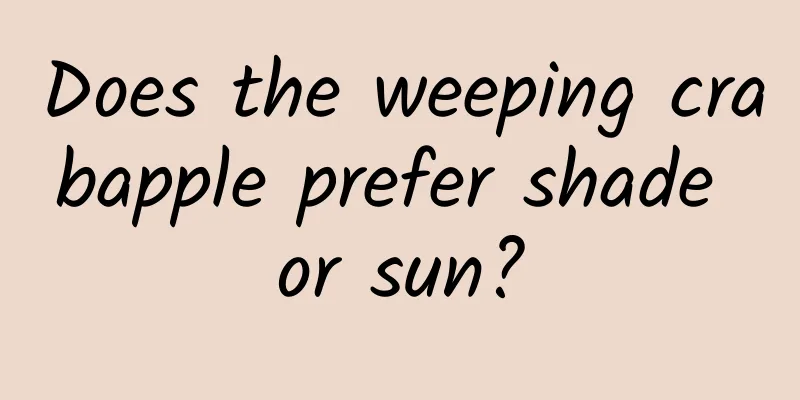Cutting method of bicolor jasmine

soilNutrient soil, river sand, peat soil and other materials are commonly used for cuttings of bicolor jasmine. Because it is difficult to obtain ideal soil at home, it is recommended that you buy sterilized cutting media, which can increase the survival rate for novices in cuttings. Ordinary coarse river sand can also be used, but it must be rinsed with clean water before use. Try not to use sea sand and saline-alkali soil, as it will affect the rooting of branches. branchGenerally, young branches are chosen for cuttings. In early spring or early autumn, when the plant is growing vigorously, branches grown that year are cut as cuttings. When cutting branches, make sure the upper cut is about 1 cm away from the top leaf, and the lower cut is about 0.5 cm away from the lower leaf. Do not cut too close to the branches and leaves to avoid affecting later rooting and germination. Cutting methodBefore cutting, wet the soil, then dig equal small holes on the soil surface according to the number of branches, place the branches in them, cover with soil, and compact it. Be careful not to break the branches in the soil during the operation. Then water it thoroughly and maintain a certain humidity. You can cover it with plastic film to keep it moist. Post-managementAfter cutting, control the temperature at 20~30℃. Rooting is difficult below 20℃, and above 30℃, the incision is easily infected. The higher the temperature, the greater the chance of rot. If the temperature drops after cutting, take measures to keep warm. Spray moisturizing spray in time, 3 to 5 times a day, and increase the frequency appropriately on sunny days. For those covered with plastic film to keep them moist, remove the film every day to allow for ventilation. Cuttings also cannot do without sunlight, and sufficient sunlight is conducive to the accumulation of nutrients. But more sunlight means higher temperatures, so it is necessary to provide shade in time and gradually restore light after the roots have taken shape. |
<<: How to propagate Epiphyllum
>>: How to prune bicolor jasmine
Recommend
Is peach blossom poisonous?
1. Is it toxic? We all know that this plant is ve...
What to do if the leaves of Phlox paniculata turn yellow
=Causes and solutions The yellowing of the leaves...
Which month is best for planting tomatoes?
Tomatoes are very common in daily life, and many ...
Even though the roots were rotten like this, they were still able to survive! How it was done
Clivia root rot 1. Remove the Clivia with rotten ...
What to do if the leaves of white palm turn yellow
The reason why the leaves of white palm turn yell...
How to propagate nasturtium by cuttings
Pot soil selection You can choose a smaller flowe...
Chlorophytum cultivation methods and techniques
Chlorophytum is a very popular indoor plant. It n...
During his four years in college, he turned his dormitory into a small garden. Even the dormitory manager must have been so envious!
Science-oriented man's passion for growing fl...
Can pumpkin be eaten raw? What are the benefits of eating pumpkin?
1. Can pumpkin be eaten raw? Pumpkin can be eaten...
How to grow Euphorbia obesa in winter? Can it be pruned in winter?
1. Keep warm Since the temperature is low in wint...
Can red sage be eaten?
Ornamental value There are many varieties of salv...
What is the difference between flower buds and pistils?
1. Difference There is an essential difference be...
Can blueberry seedlings be grown from blueberry fruits?
Blueberry is a blue berry known as the "king...
What should I do if the Kalanchoe does not grow flower buds or the flower buds fall off?
1. What to do if there are no flower buds 1. Get ...
Spring grass cultivation methods and precautions
How to grow spring grass Light and temperature Sp...









